Desolation of Chernobyl 30 years on: Haunting pictures show town devastated by 1986 nuclear disaster
Nature has been quick to reclaim the area's abandoned infrastructure, stray shoes and family photos still fixed to bedroom walls show the speed with which families were evacuated
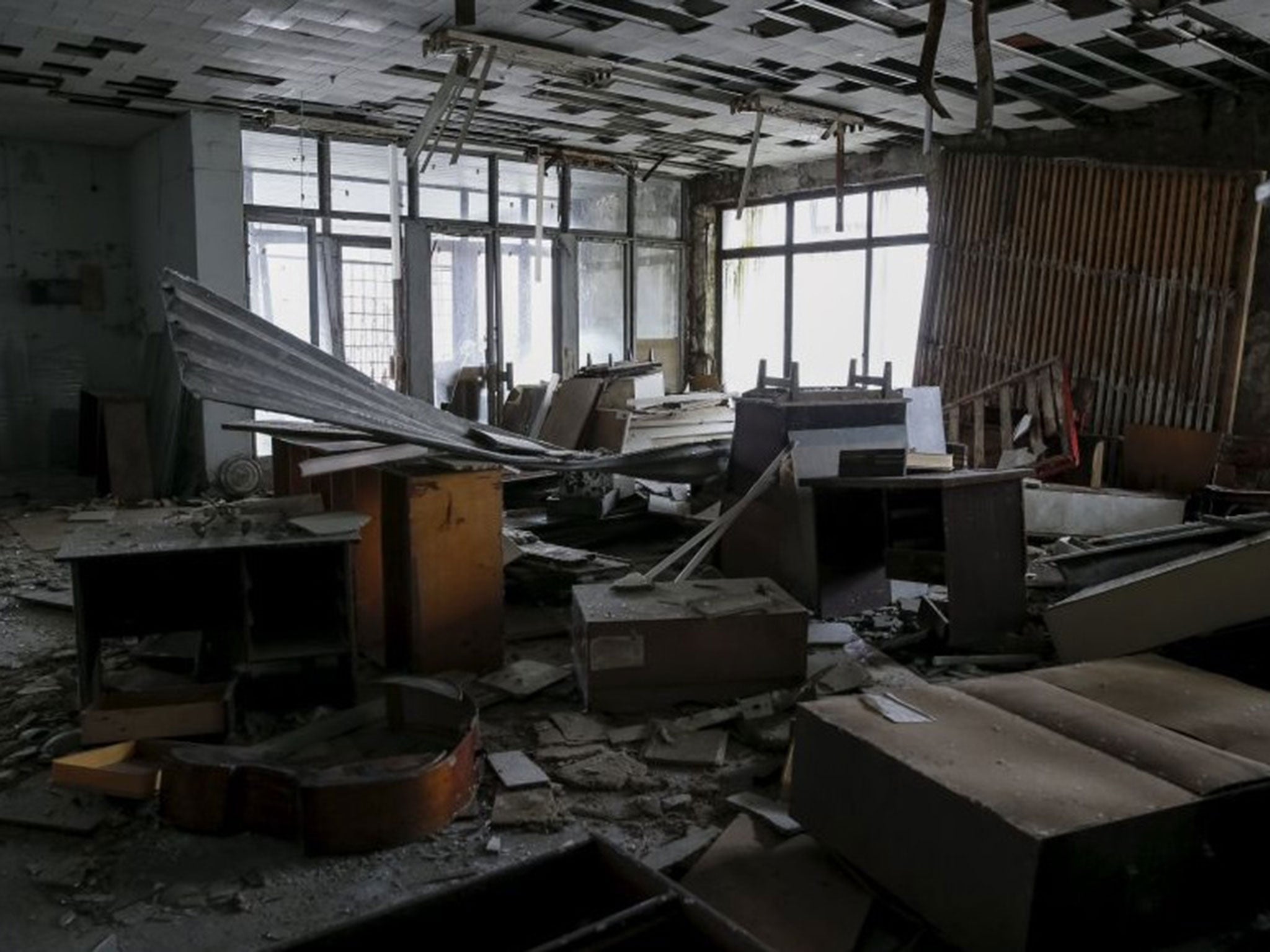
On 26 April 1986, a testing accident at the Chernobyl power plant near the Ukranian town of Pripyat sent clouds of smouldering nuclear material across large swathes of Europe.
More than 30 people died in the incident, many more subsequently due to radiation-related illnesses, and 50,000 people were forced to evacuate.
The total death toll and long-term health effects of the disaster remain a subject of intense debate.
In the middle of a vast exclusion zone in northern Ukraine, the world’s largest land-based moving structure has now been built to prevent radiation spewing from the disaster site for the next 100 years.
It is a more permanent solution to a concrete sarcophagus that was hastily built over the site of the stricken reactor to contain the worst of the radiation at the time.
But, even with the new structure, the surrounding zone – which is roughly the size of Luxembourg – will remain largely inhabitable and closed to unsanctioned visitors.
In a series of haunting photographs, news agency Reuters has captured the desolate essence of Chernobyl as it is today.
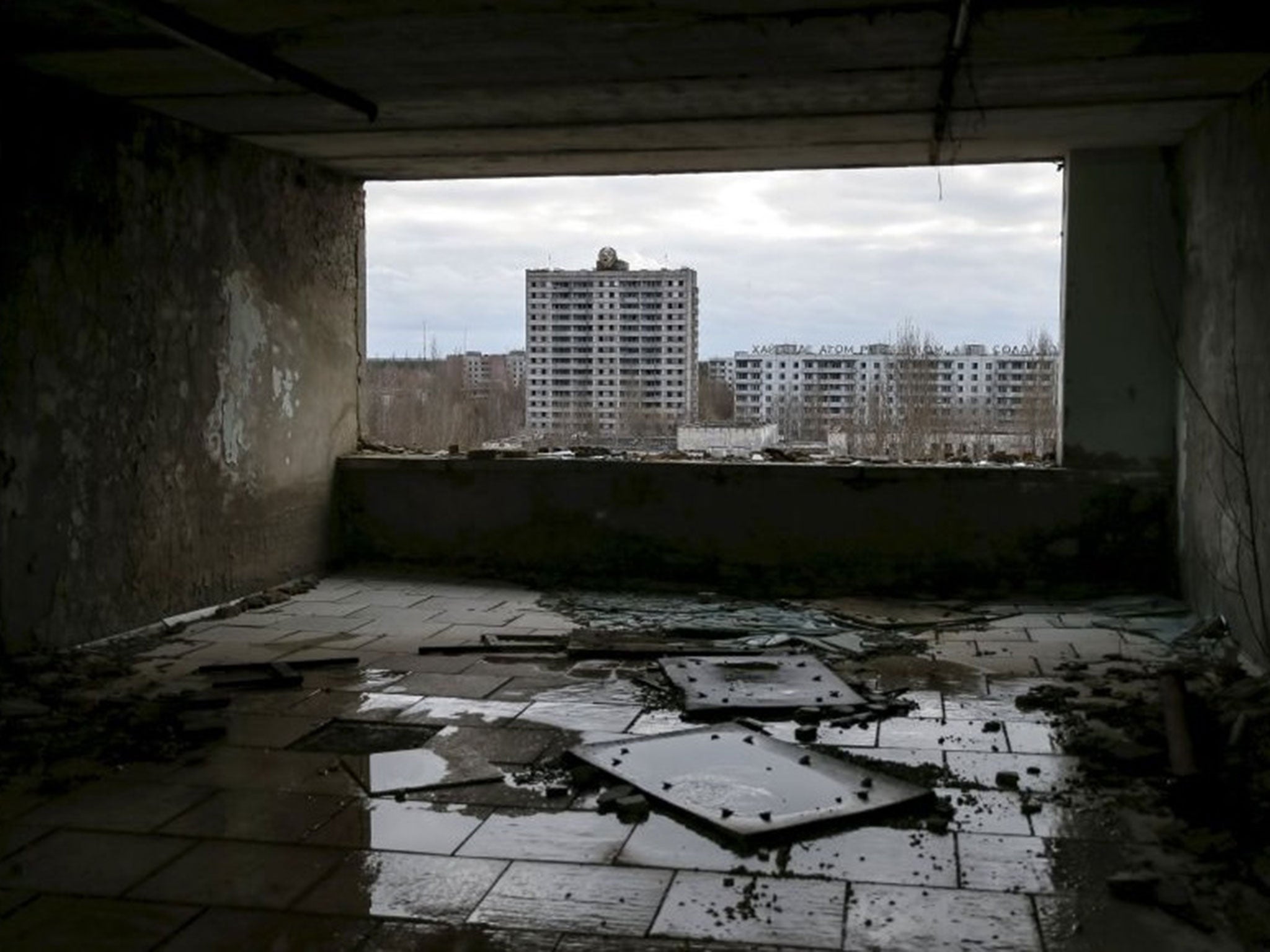
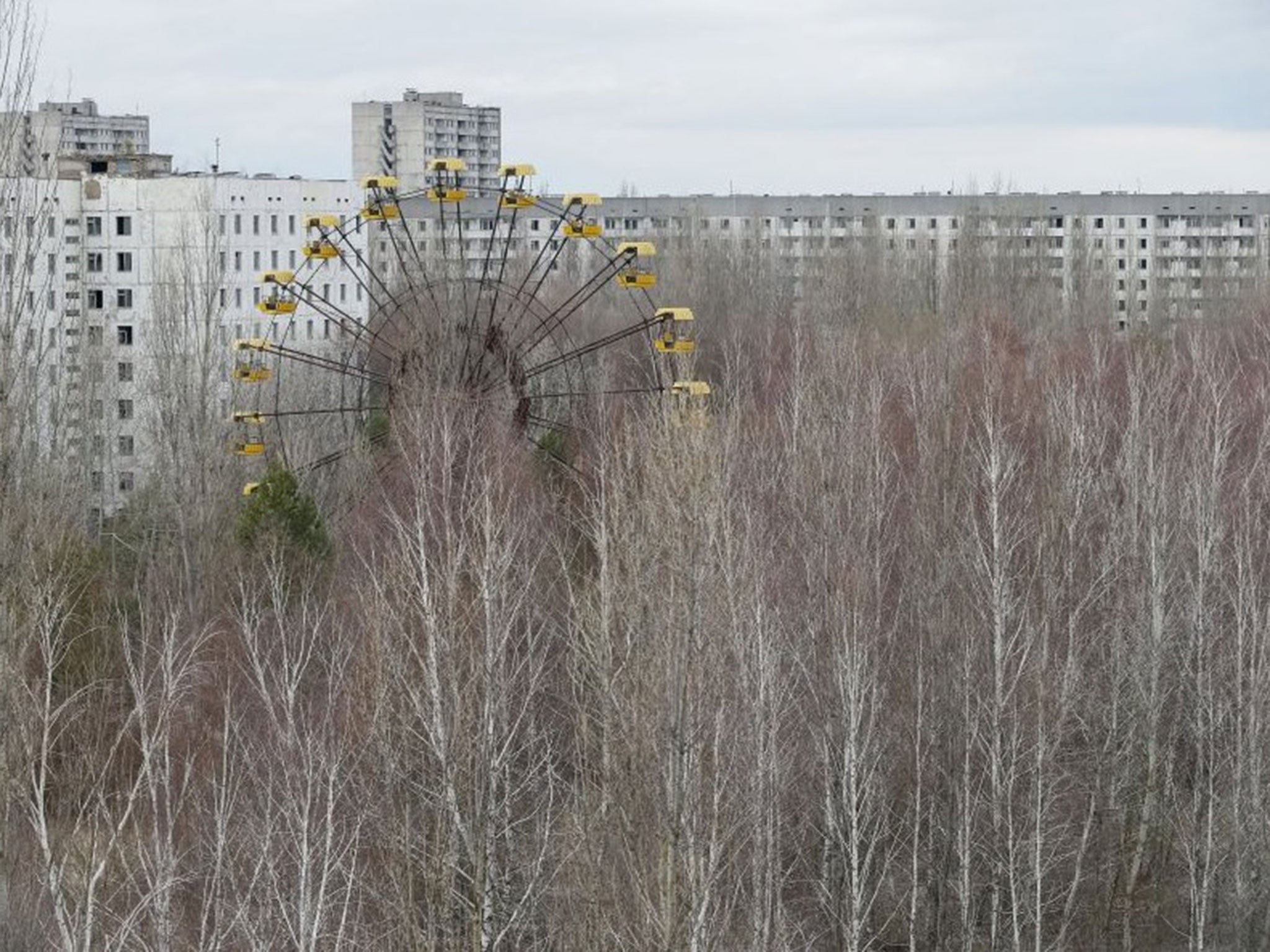
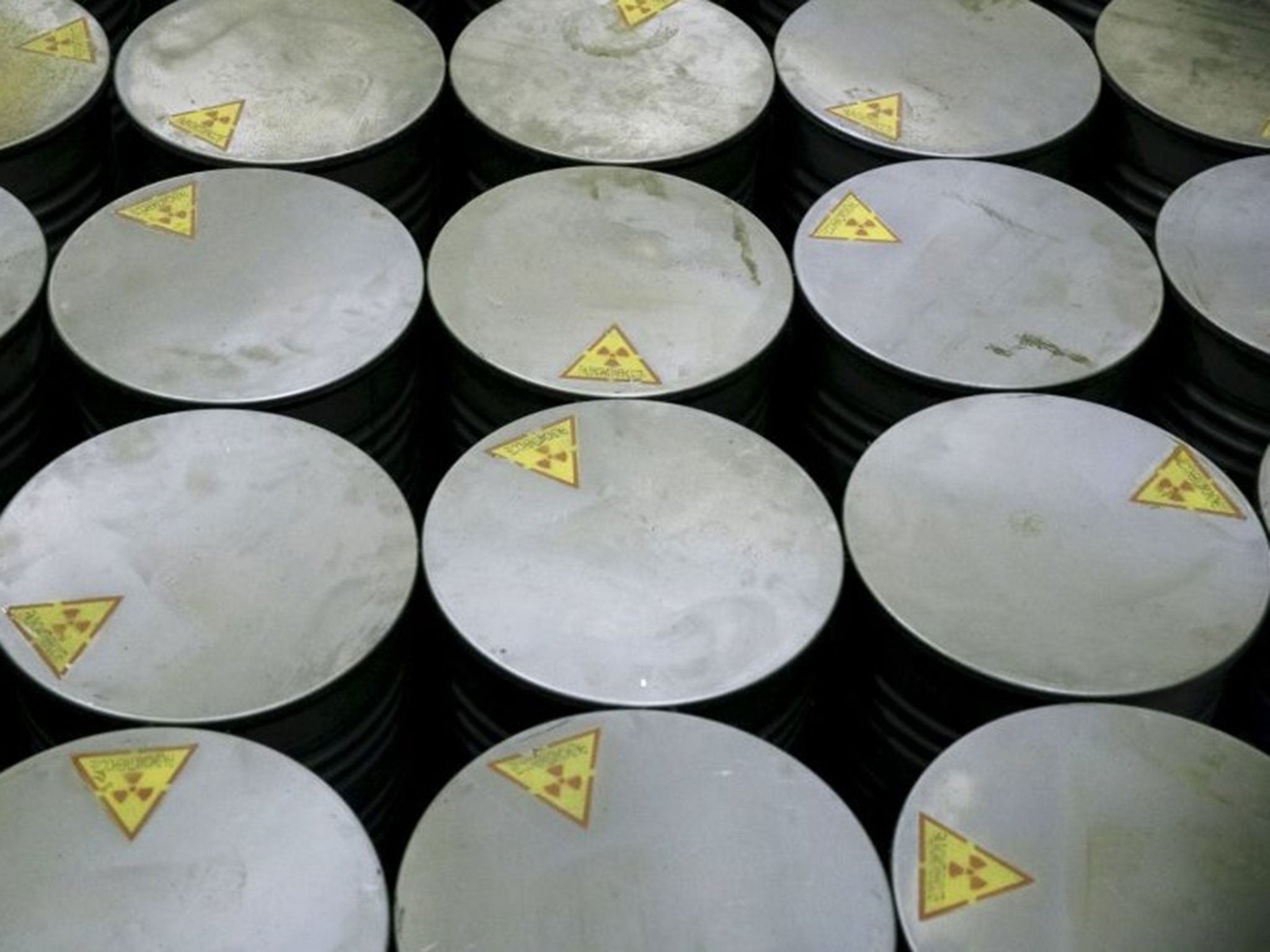
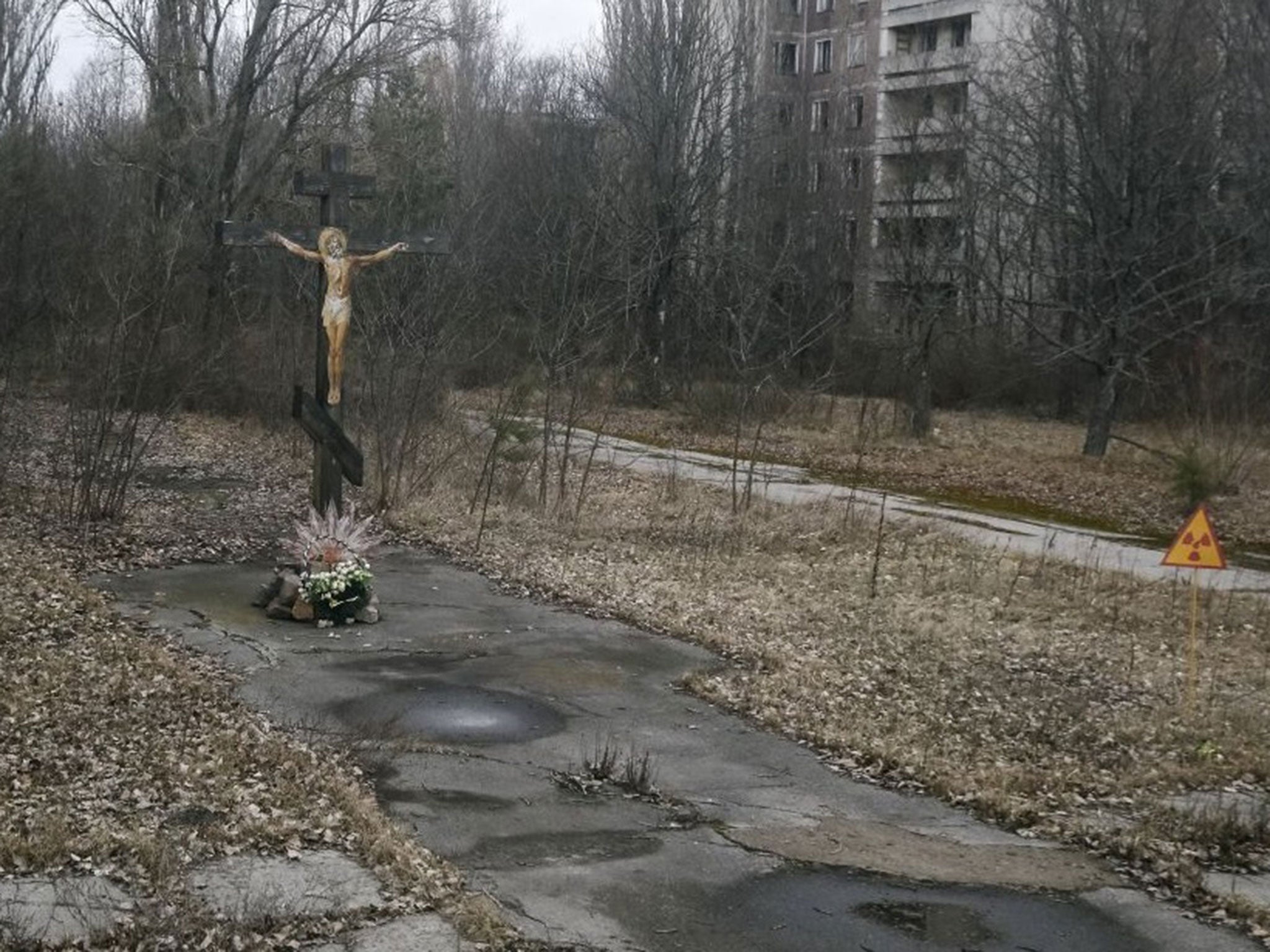
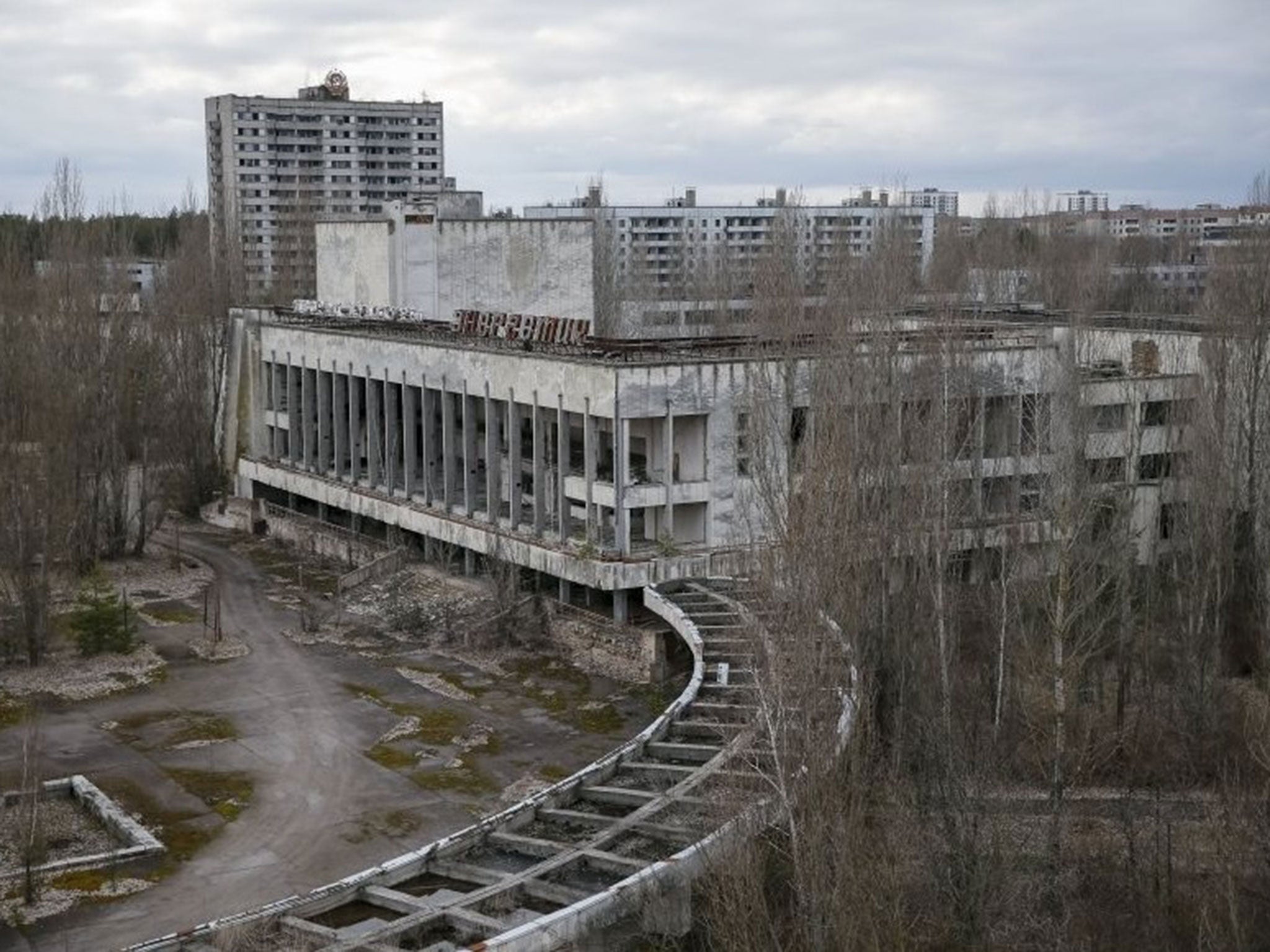
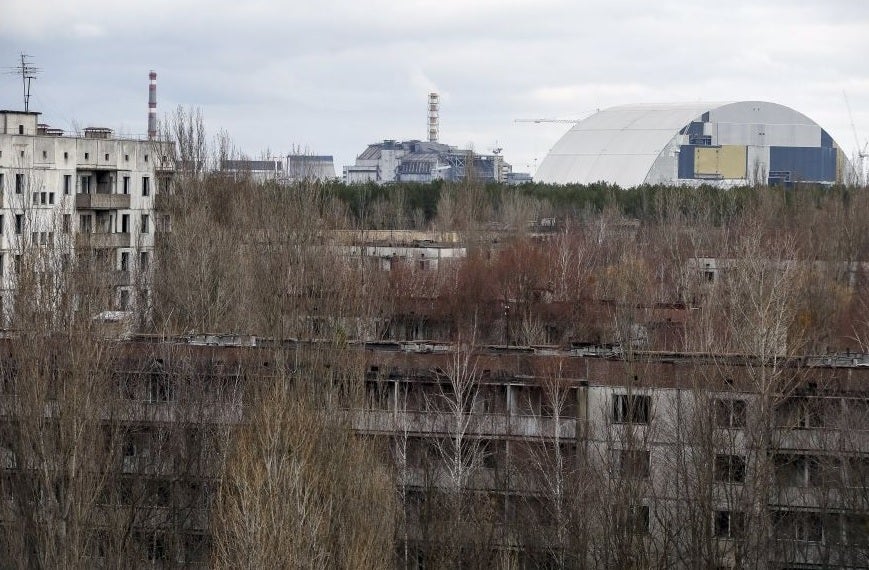
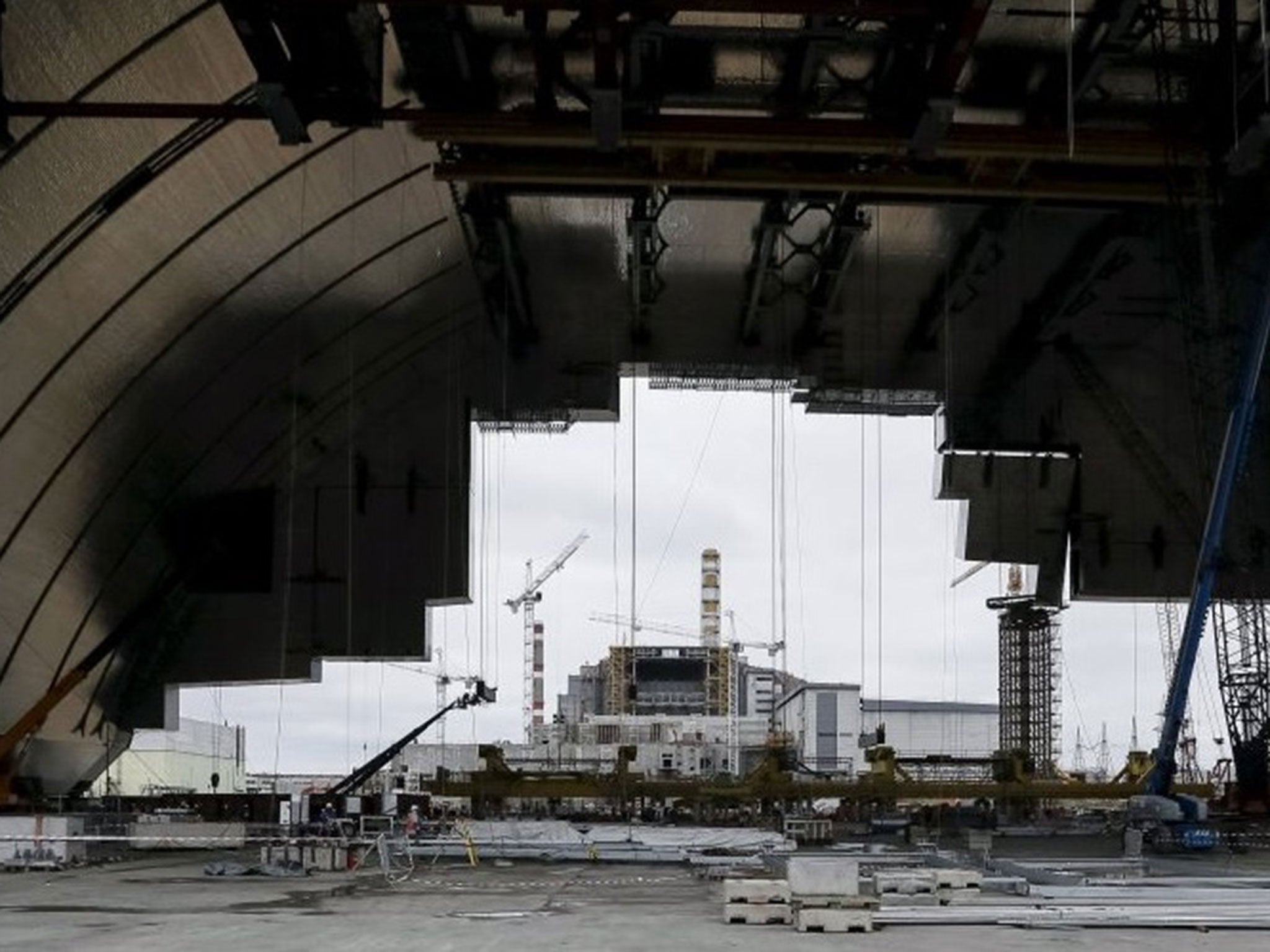
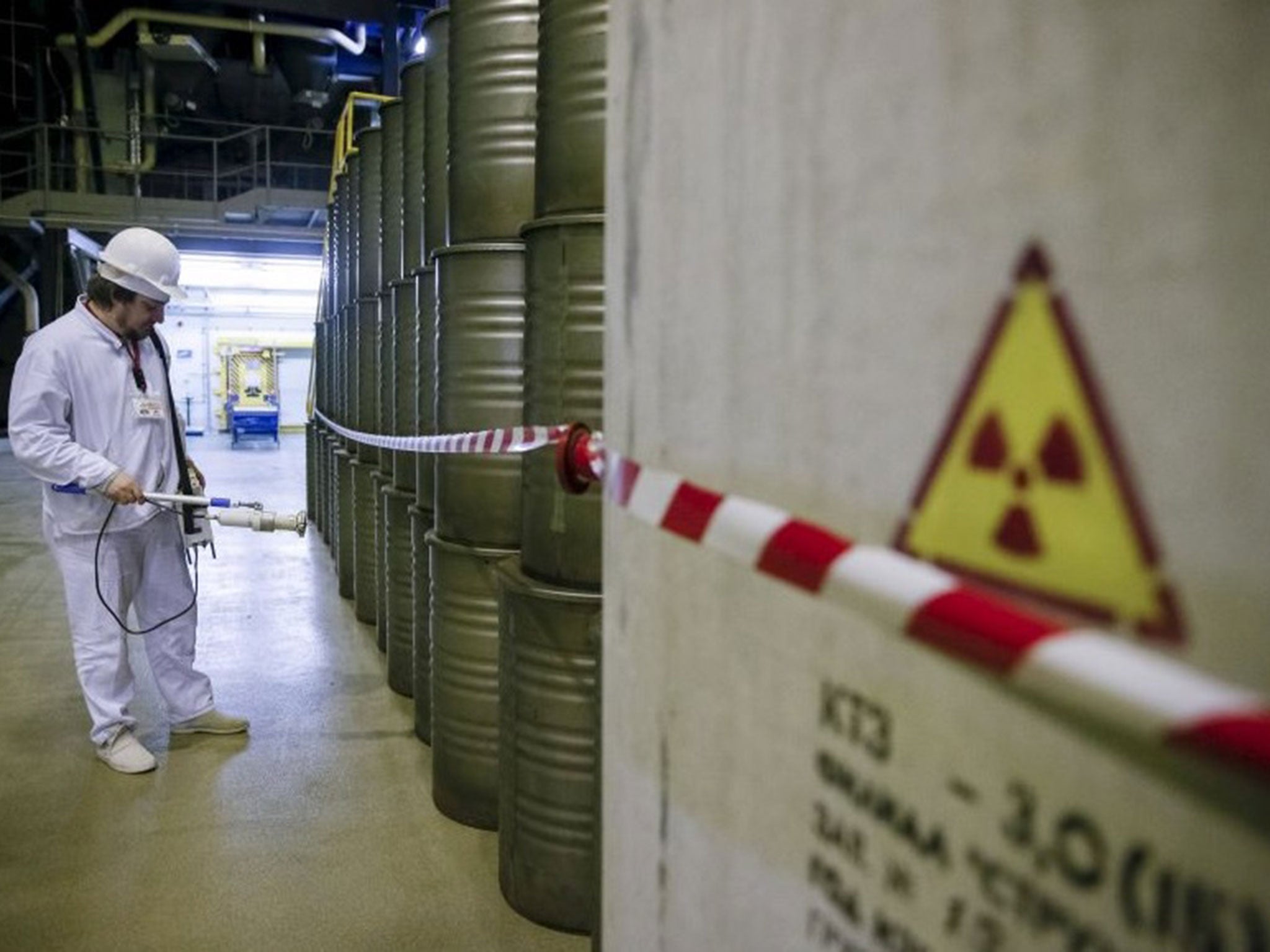
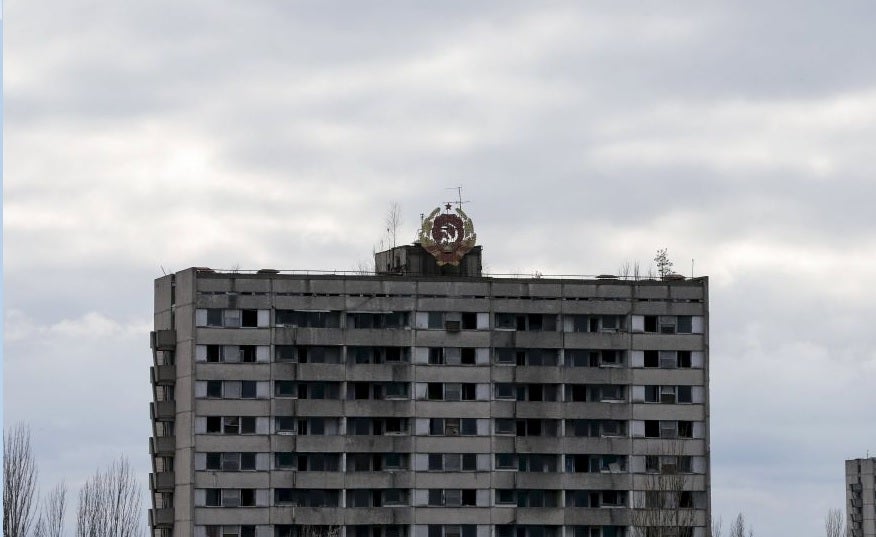
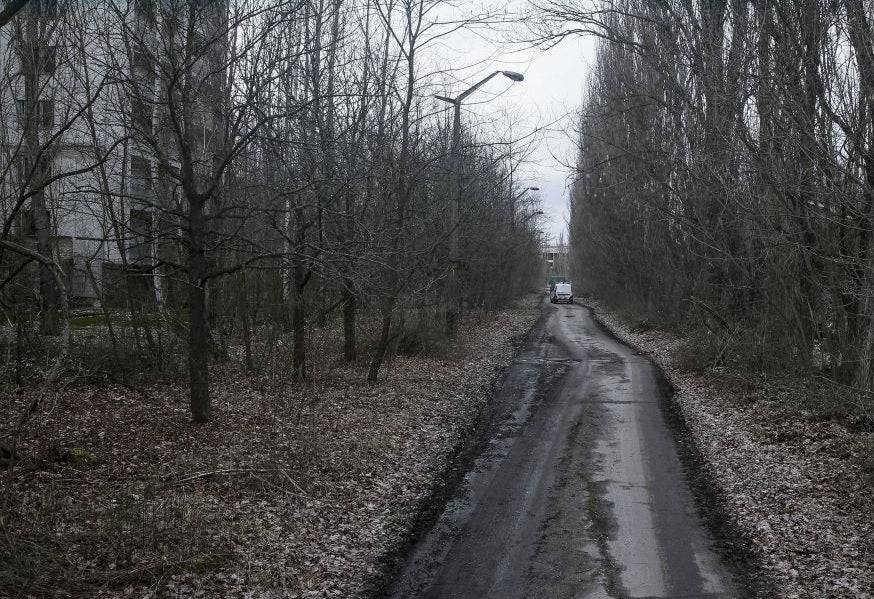
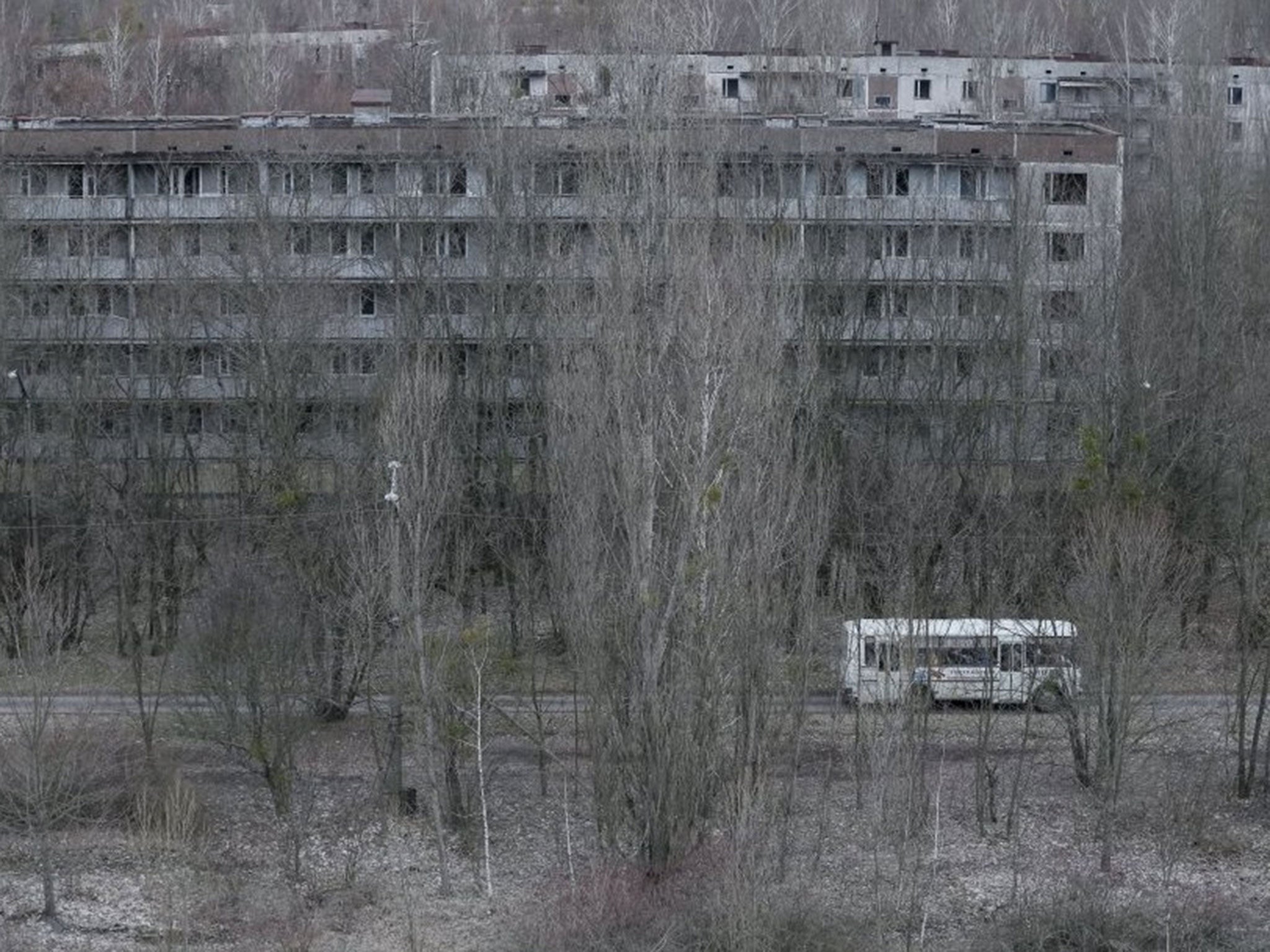
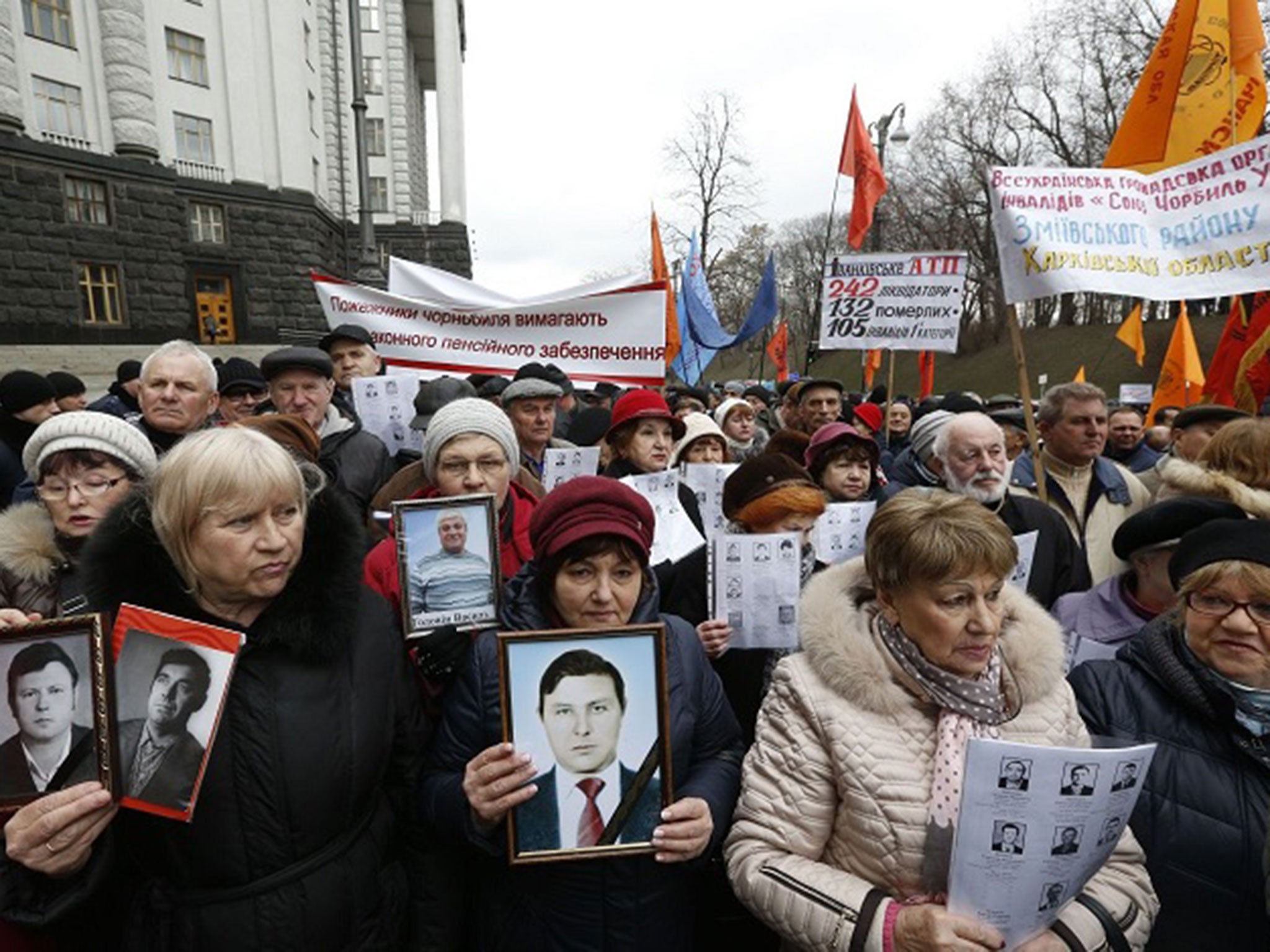
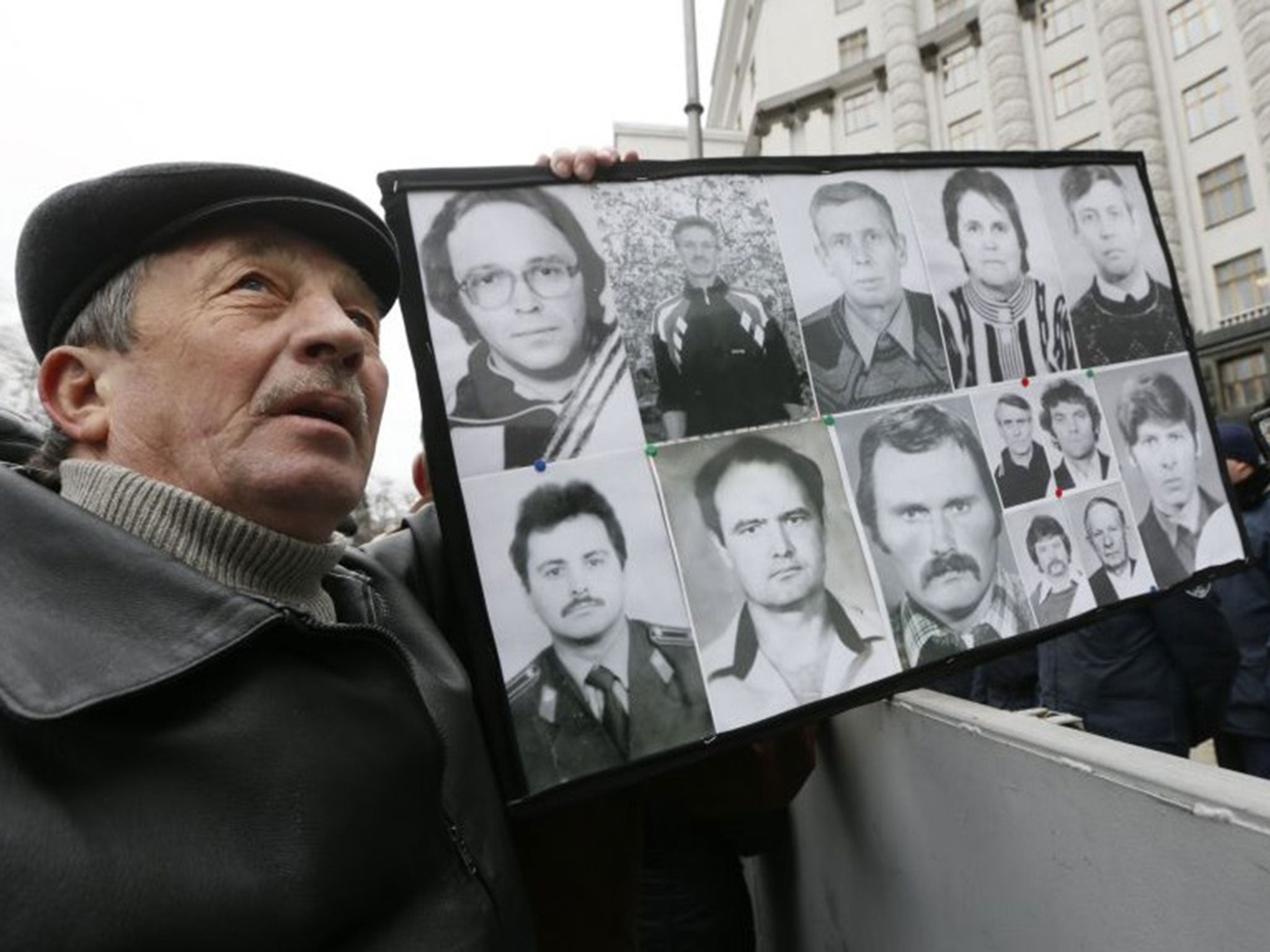
Nature has been quick to reclaim the area's abandoned infrastructure.
Trees sprout from the rusted roofs of apartment blocks in the ghost town of Pripyat, which was built to house Chernobyl power plant workers.
Stray shoes and family photos still fixed to bedroom walls show the speed with which families were evacuated.
On Wednesday, Ukrainians who were involved in the clean-up of Chernobyl - the so-called “liquidators” - protested in central Kiev to demand the Government acknowledge their sacrifice by providing them with improved social benefits.
One former liquidator Lidia Kerentseva said: “Thirty years ago, when we were young, we were saving the whole earth from a nuclear explosion. And now no one needs us. Absolutely no one.”
The upcoming 30th anniversary of the disaster is sure to shine a new light on the long-term human impact of the worst nuclear meltdown in history.
Join our commenting forum
Join thought-provoking conversations, follow other Independent readers and see their replies
Comments